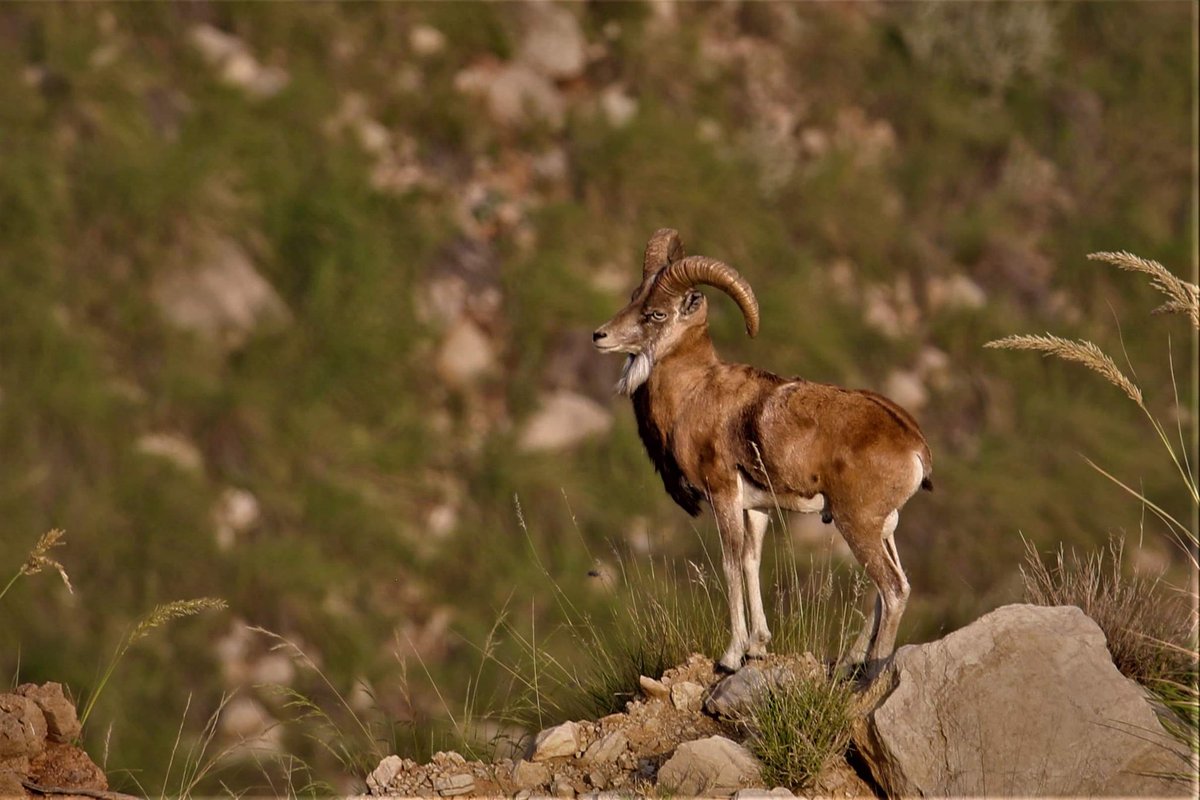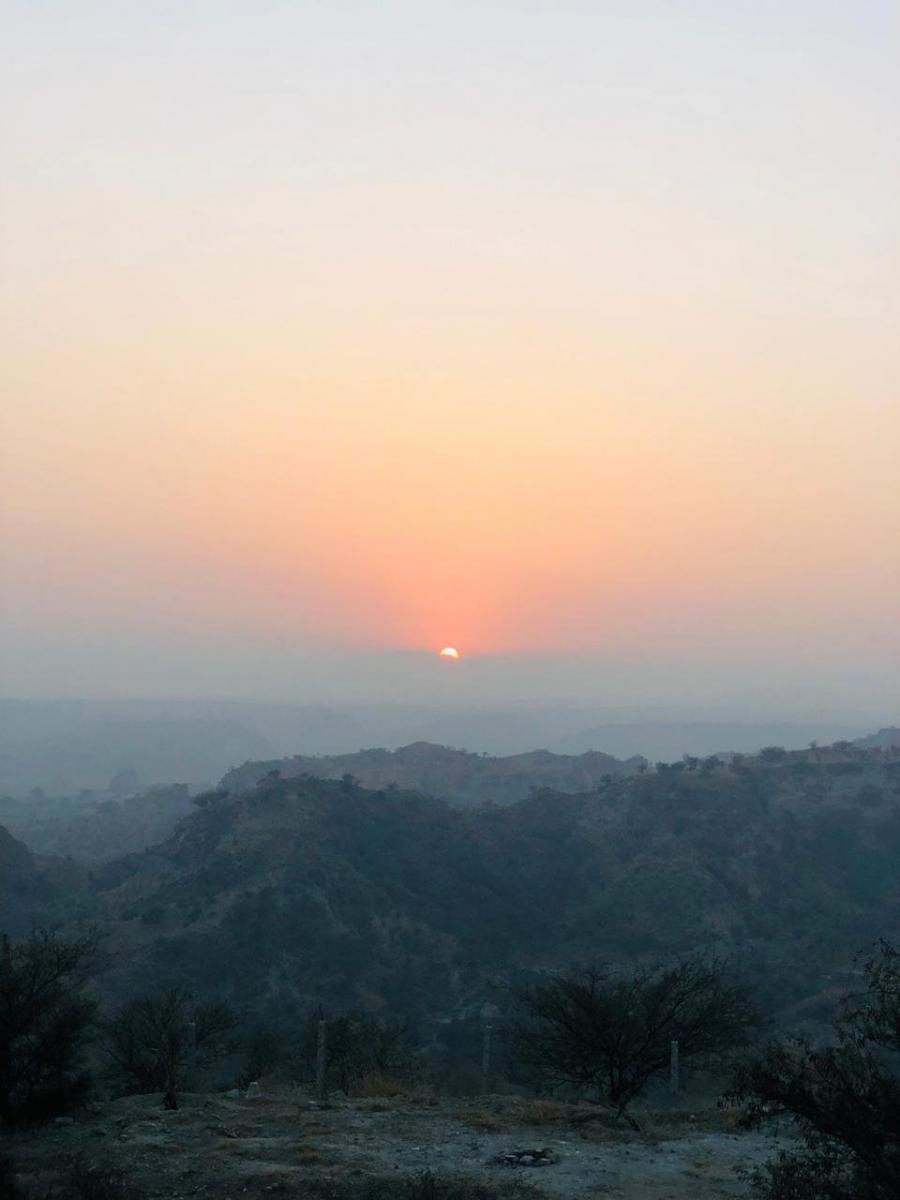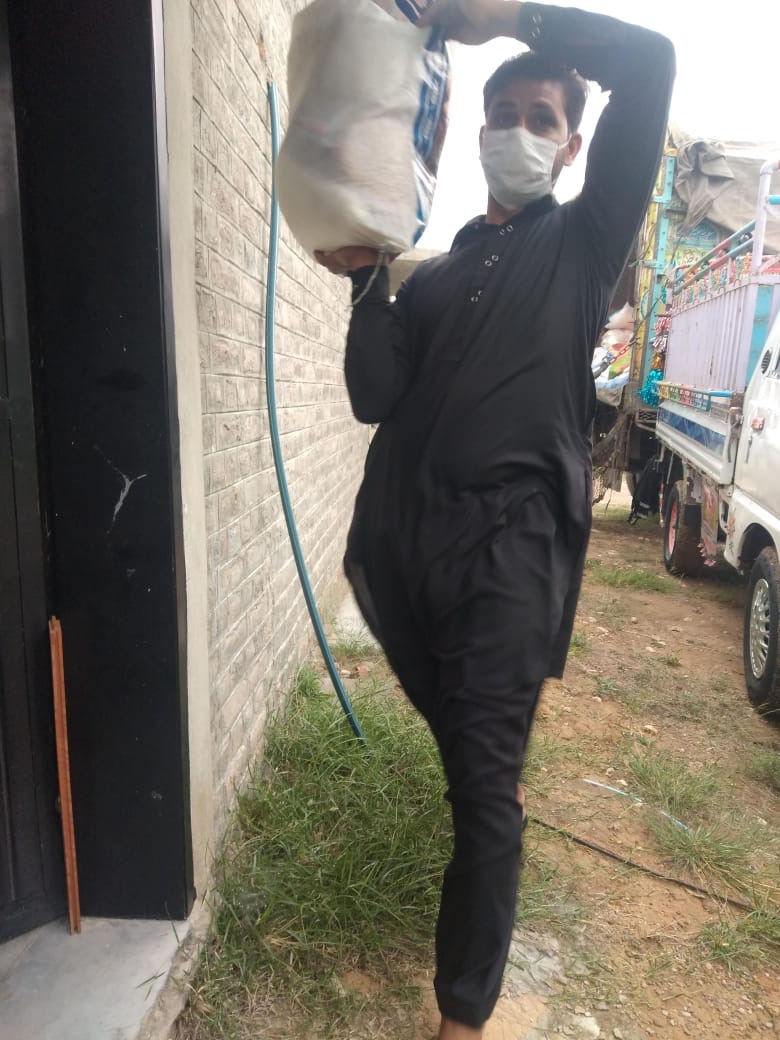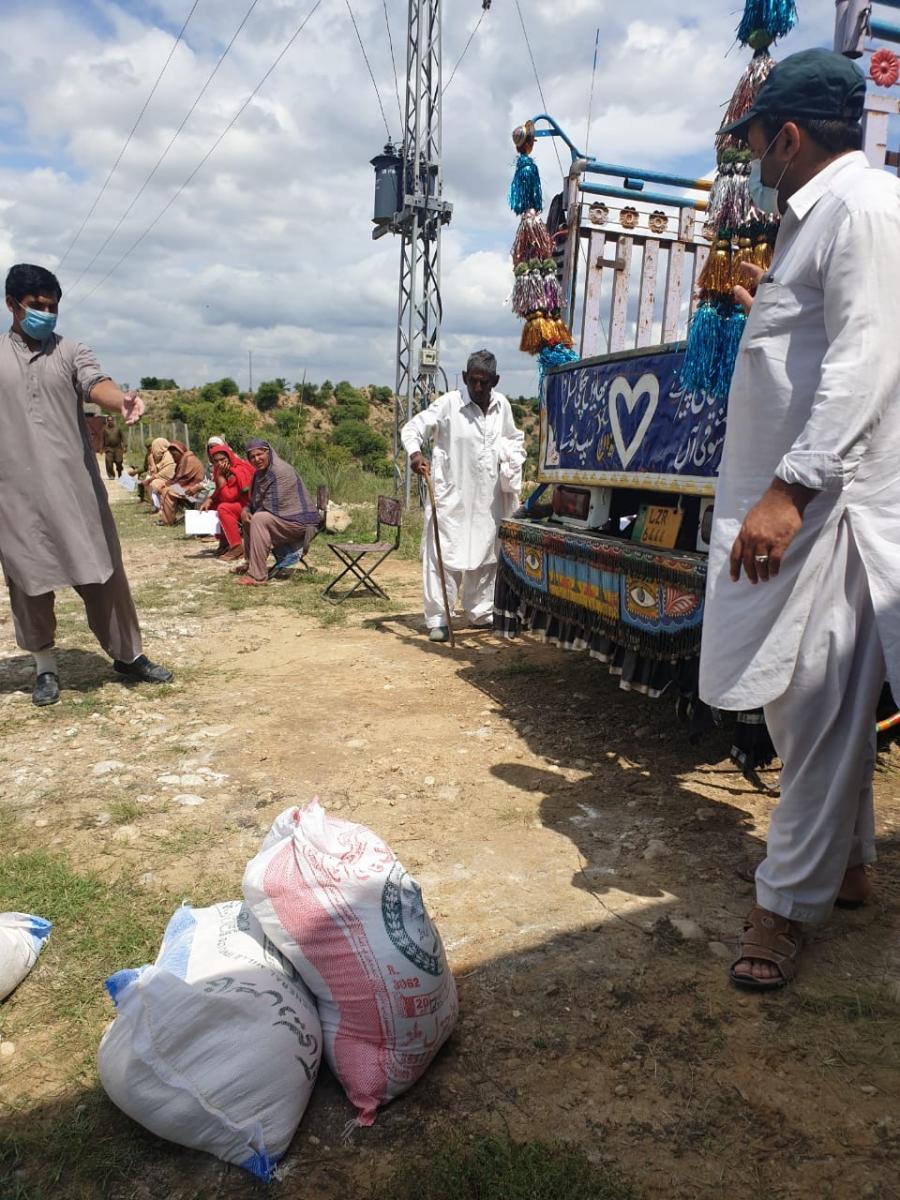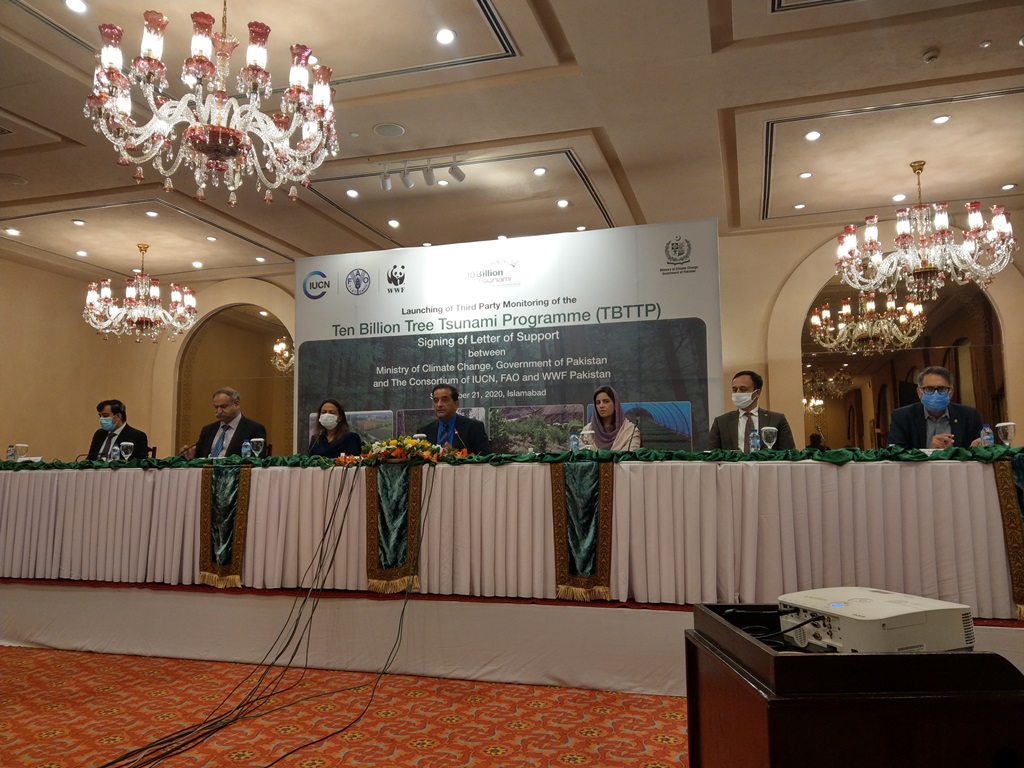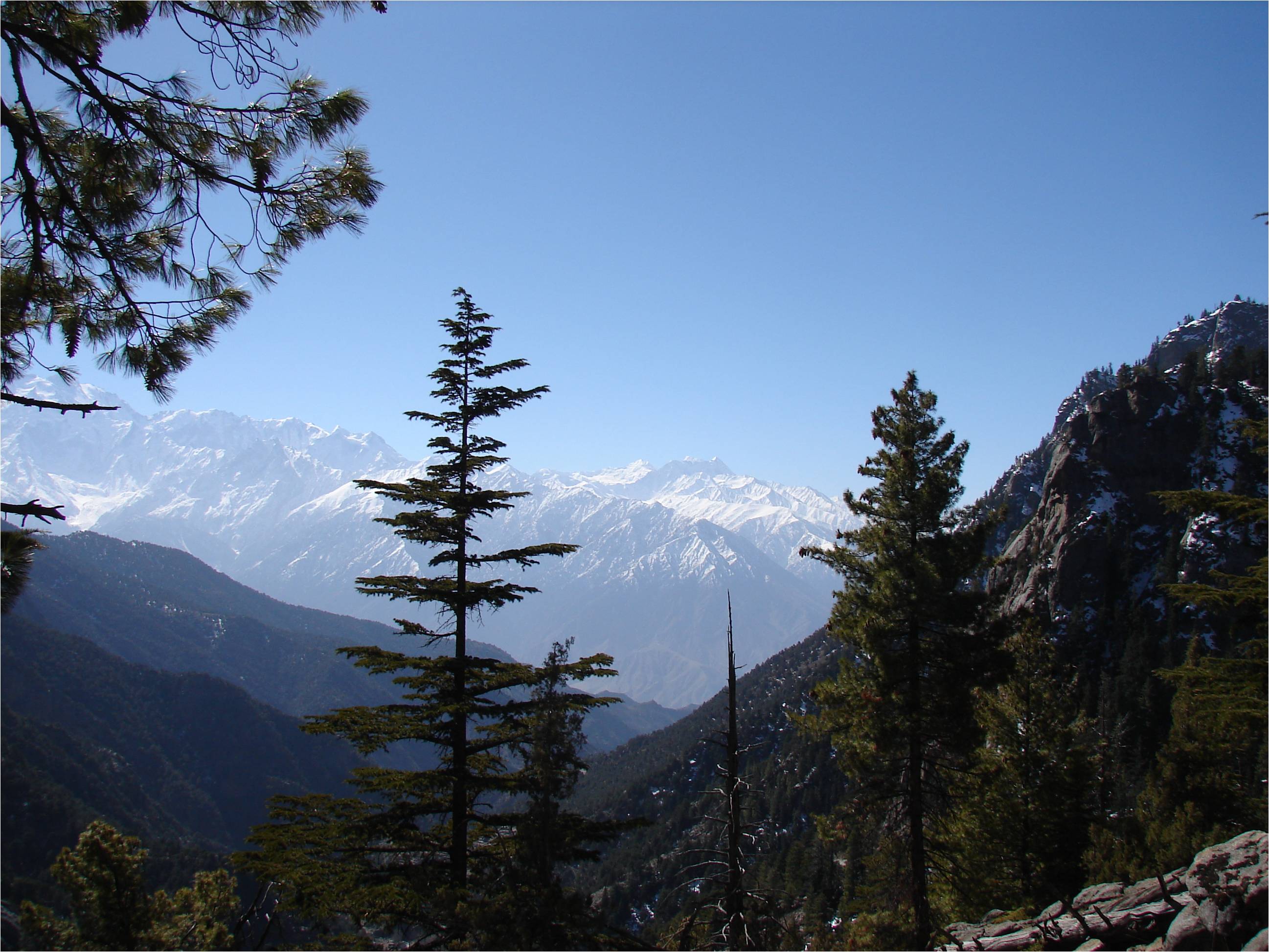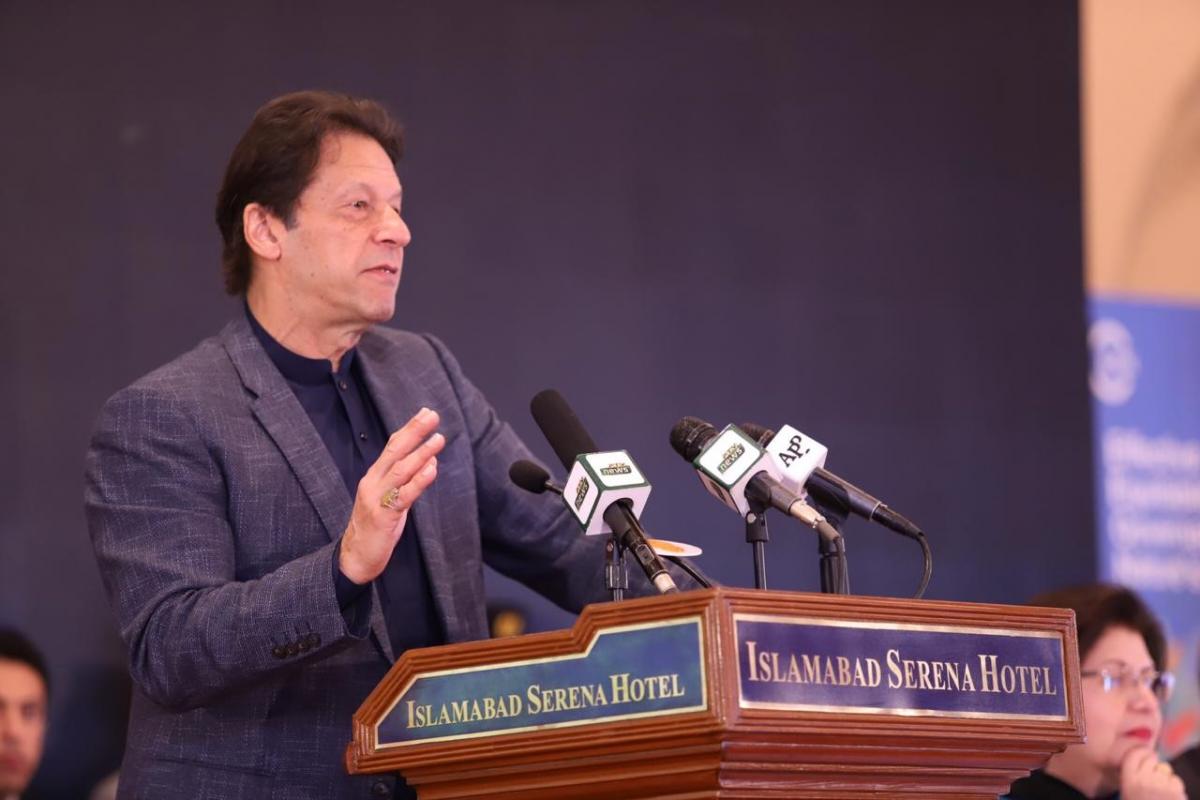The Padhri Pioneers: effective community wildlife managers transforming area-based conservation in Pakistan
The Punjab Urial roams freely in and beyond Padhri Game Reserve, and across the Salt Range hills of Western Jhelum, in the Punjab District, Pakistan. The Urial (Ovis orientalis punjabiensis) is rare outside well-protected landscapes, along with other rare mammals and bird species such as pangolins and vultures. This Salt Range hills form an important biological corridor that connect the Western Himalayas with the lowland reaches of Eastern Pakistan. This landscape once harboured many more species, but there is now ambition to help bring them back. Records indicate the former presence of Greater one-horned rhinoceros (Rhinoceros unicornis) – a unique species that needs undisturbed habitat along the river valleys of the Himalayan foothills.
While the UN Convention for Biological Diversity debates a new framework for nature conservation beyond 2020, to include ‘other effective area-based conservation measures (OECM)’, in Western Jhelum this is already in place. An alliance of local residents, conservationists, government and entrepreneurs have spent the past 15 years developing a unique model of effective social development through nature regeneration and wildlife, conservation - and they are not about to let COVID-19 slow down their progress.
“There are three priorities for local people in the Western Jhelum area of Pakistan. These are water, wood and employment” writes Jibran Haider, of the Gilgit-Baltistan Forest and Wildlife Department, who led a 2019 social and biological survey team into conversation with the people of the fourteen local villages.
Back in 2005, a group of nature conservationists and local residents, with support from the Pakistan authorities, proposed a radical solution to curb the degradation of the environment in the Salt Range hills and Nala Bunhar river, in the Punjab District of Pakistan. They conceived of the Western Jelhum Community-based Conservation Organisation (Western Jelhum CBO).
Around the same time, and as part of the local zoning plan, an area of degraded hills was incorporated as Padhri Private Game Reserve. The starting aims of the Western Jelhum CBO and Padhri Reserve were clear: instigate an ecological ‘turn-around’ and provide water and other ecosystem services as the basis for sustainable development gains in the region, as well support wildlife recovery and conservation. Water for household use, pasture and irrigation; wood or alternative energy sources for cooking and heating; job creation and revenue for community projects.
By 2010, their success had already convinced the local authorities to grant a level of recognition and institute a collaborative management action. In 2011 the CBO was formally adopted as the recognized management mechanism for 25,000 hectares of rangeland, and including 1,000 ha protected in the Padhri Private Game Reserve. In the ensuing years, there have been tangible benefits from a better-managed ecological system, including wildlife monitoring and protection.
Tourism has been a primary source of revenue, with direct benefit for local people in employment as guides, workers and service providers in the Padhri Reserve and its guest lodge. In fact there has been no public funding allocations or other development grants – the entire project has been leveraged through local commitment, entrepreneurial spirit and a lot of sweat and hard work. Trophy Hunting, strictly controlled, provides resources for the community fund, and from a local perspective, helps justify the conservation measures in place, along with the improved and regular availability of water and fuel wood.
Although many challenges remain, especially in local access to basic infrastructure, education and health care, their environment is much improved. Acceptable mitigation measures are in place to limit the impact of the Urial and wild boar on crops, and to provide better pasture opportunities for livestock.
Indeed, the numbers of rare and threatened species has shown a remarkable increase, and the good governance that prioritises local benefit from wildlife protection is the key determinant in this success. The Urial population has shown a steady increase, and there is ambition for more conservation results to showcase over the coming years. Re-introductions of important species are planned, such as Chinkara gazelle (Gazella benettii) and Hog deer (Axis porcinus). Vulture species are making a recovery, following a local ban on the use of the veterinary drug diclofenac sodium for sick livestock, which then contaminates carcasses and affects the vultures.
However, in early 2020, the COVID-19 crisis affected the area. To date, the health impact has fortunately been minimal, but the economic bite has cut deep. The immediate loss of tourism revenue, now and for the remainder of the year will affect the communities. However, the Western Jelhum CBO and Padhri Reserve governance framework and management practice has built up a good level of resilience. The planned maintenance of the Reserve lodge was rescheduled to exactly this current period and is using community labour, offering immediate employment and income within a safe local environment. The Padhri Reserve staff also helped secure and distribute food parcels and important household items to help the communities through these difficult months.
Where many protected areas worldwide are facing a cliff-edge drop in financial resources, especially those dependent on tourism, the inclusive approach and community – private partnership in Western Jelhum is proving that there do exist other effective conservation measures.
The solutions and resilience offered in this corner of Pakistan by the Padhri pioneers can offer a model example for the national system, and for the international community.
IUCN is supporting Padhri and the Western Jelhum CBO to use the IUCN Green List Standard to help benchmark their current success and confirm their status as a CBD ‘Other effective area-based conservation measure’ OECM, and guide them to achieve their future ambition.
